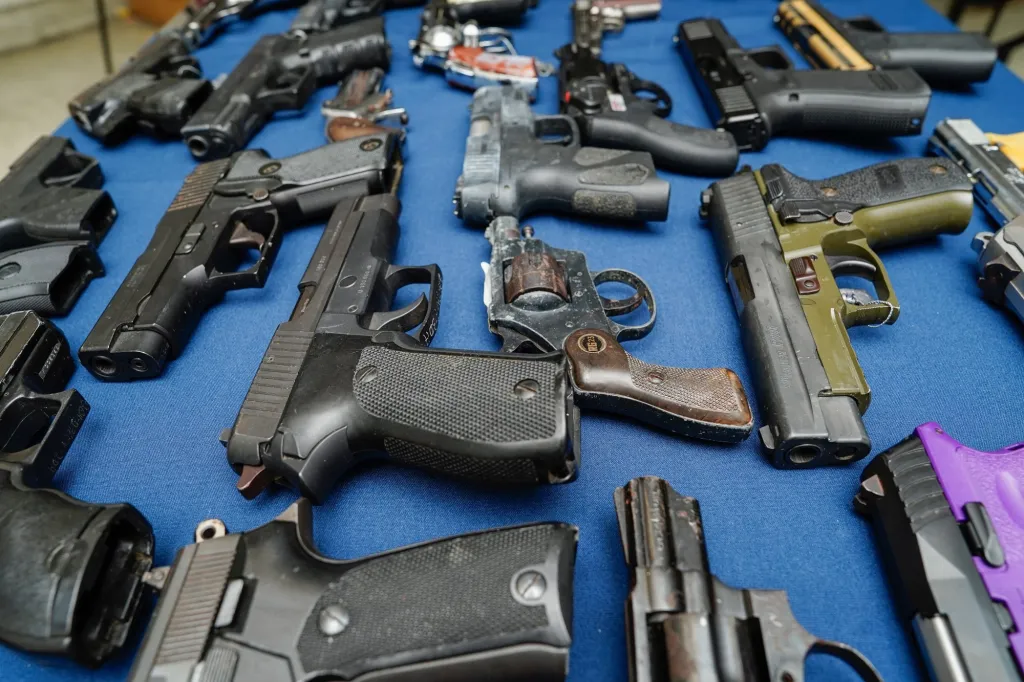
As a kid, I was blown away by the TV series “Gunsmoke.” Still am. I have fond memories of this old Western and now find deep meaning in it. “Gunsmoke” is gun violence by another name.
This story is an allegory for our times. Tales of the wild West offer lessons to heed during the Trump era.
Having lived and worked in combat zones overseas, I dodged bullets and learned self-defense but still fear gun violence. Facing firearms led me to a defining moment. I dove into Peace Studies and other subfields of International Relations and undertook related jobs at UN agencies.
Since “Gunsmoke” premiered in 1955, gun violence has increased exponentially. Charlie Kirk’s assassination and deaths brought on by gunslingers at educational institutions in Minnesota, Utah and Colorado are among the most recent incidents.
After Boulder experienced a mass shooting up close at a King Soopers grocery store and firebombing on the Pearl Street Mall, high school students staged a walkout and drew attention to the lack of gun control. Nonetheless, our elected officials have yet to take meaningful action.
Set in Dodge City in the period following the Civil War, “Gunsmoke” renders gun violence in character-driven narratives. It humanizes myriad issues surrounding law and order that befuddle policymakers.
Questions about virtue ethics swirl through “Gunsmoke.” Marshal Matt Dillon defends the underdog and exudes empathy for victims of gun violence, yet faithfully executes laws that could be repressive, if not discriminatory. The rub is that social justice and policing often collide.
This television program, also a radio serial, is a tale of territorial expansion, white settlement and environmental degradation. It is drenched in masculinity. Saloon owner Kitty Russell plays an ambivalent role. She can dish it out when appropriate but ultimately needs a strong man (Marshal Dillon) to save her from harm. Similarly, Black migrants from the South are portrayed as lacking agency; Marshal Dillon rescues them from lynching and other abuses. Native Americans come into conflict with white homesteaders and ranchers. Suffering dispossession and cultural erosion, they rely on the marshal’s compassion, which is emblematic of white power.
While “Gunsmoke” shows Union soldiers and demobilized Confederates, it does not reflect what the Civil War was truly about. Fundamentally, a burgeoning industrial class in the North and the plantation class in the South waged war over control of the frontier. At issue was labor supply (i.e., enslavement), land, and other resources. The history of Kansas, like that of Colorado, is replete with struggles over who would benefit from the extraction of wealth: furs, hides, cattle, minerals, timber and water.
Although “Gunsmoke” is historical fiction, it teaches us how gun violence is baked into the history and culture of the United States. It can be interpreted as a dire warning of the danger of nostalgic dreams, especially important when the U.S. president is chasing this kind of fool’s errand. Meanwhile, his fawning aides, like Marshal Dillon’s deputies Chester and Festus, are obedient subordinates. Now, Marshal Trump’s minions butter him up lest they incur his wrath and risk being destroyed.
The context is crucial. An enormous military-tech sector has supplanted old-fashioned gunsmiths. From 2020 to 2024, 54% of the Pentagon’s $4.4 trillion in discretionary spending was allocated to only five companies. The big arms firms report multibillion-dollar profits from both warfare and domestic sales, supplying weapons for 16,567 firearm-related deaths, excluding suicides, in the United States in 2024. Moreover, the United States accounts for 37% of world military expenditure in 2025, more than the combined outlay of the rest of the top 10 spenders, including China and Russia.
Today’s public debate on gun control centers on distribution. This is not the basic problem. The crux of the matter is production. To curb gun deaths, sturdy guardrails must be placed on producers. If gunmakers were subject to strict limits, there would be few guns to distribute. Without weapons, killing would diminish significantly.
The barriers to structural reform are, of course, money in politics and powerful lobbies. Nevertheless, I remain hopeful that in this divided nation, our fellow citizens can be persuaded to stop gun violence by clamping down on its choke point, the production of firearms.
Jim Mittelman, a Boulder resident and Camera columnist, is an educator, activist, and author. His books include “The Globalization Syndrome,” “Implausible Dream: The World-Class University and Repurposing Higher Education,” and “Runaway Capitalism,” which is due out in November.



